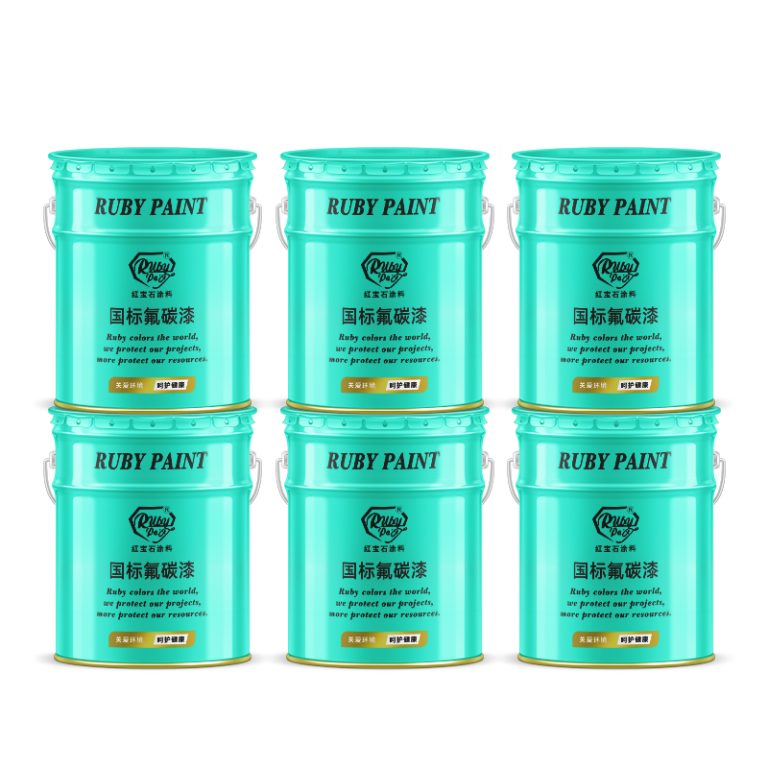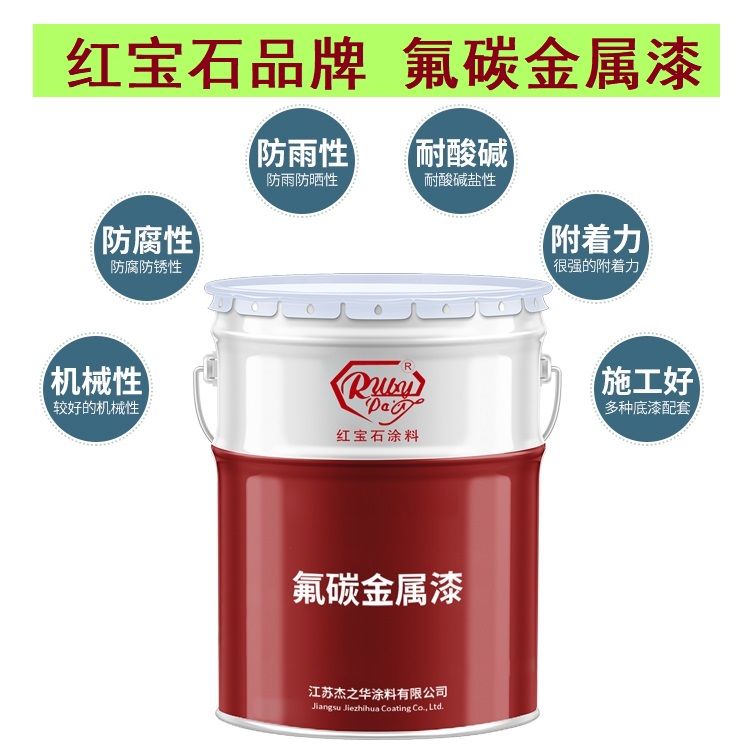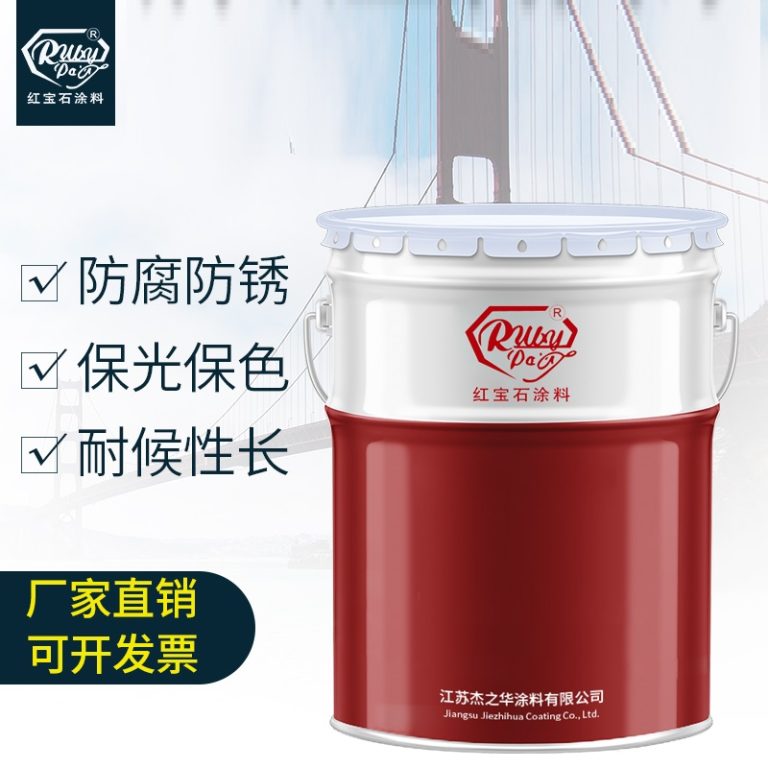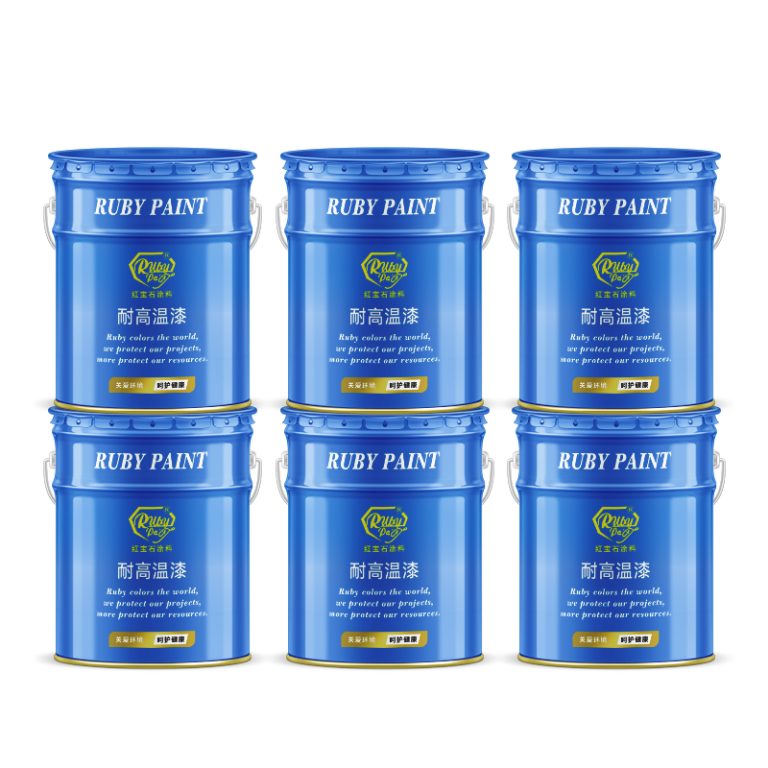Table of Contents
تقنيات المزج والطبقات مع طلاء الأكريليك الأبيض الزنك
الرقم التسلسلي
| اسم المقالة | طلاء تمهيدي بالفلوراكربون |
| 1 | لا. |
| اسم المنتج | الطلاء الصناعي |
| 1 | مقارنة طلاء الأكريليك الأبيض الزنك مع التيتانيوم الأبيض: الاختلافات والاستخدامات |
الزنك الأبيض، المعروف أيضًا باسم الأبيض الصيني، مصنوع من أكسيد الزنك. إنه معروف بشفافيته وقوة التلوين الدقيقة، مما يجعله مثاليًا لخلق ألوان ناعمة ورقيقة. غالبًا ما يفضل رسامو الألوان المائية ورسامي الزيت هذا الطلاء لقدرته على إنشاء تدرجات لطيفة وتحولات دقيقة في النغمة. في شكل أكريليك، يحتفظ الزنك الأبيض بهذه الخصائص، مما يجعله خيارًا شائعًا للفنانين الذين يرغبون في تحقيق تأثير مماثل في لوحاتهم الأكريليك.
من ناحية أخرى، يتكون التيتانيوم الأبيض من ثاني أكسيد التيتانيوم، وهو صبغة معروفة بعتامةها. وقوة تلوين قوية. هذا الطلاء أكثر عتامة من طلاء الزنك الأبيض، مما يجعله مثاليًا لإنشاء ألوان بيضاء جريئة ومشرقة ولتغطية طبقات الطلاء الأساسية. غالبًا ما يُستخدم أبيض التيتانيوم كطبقة أساسية أو لإبراز لوحات الأكريليك، لأنه يوفر تغطية ممتازة ويمكن أن يساعد في إبراز الألوان.
أحد الاختلافات الرئيسية بين أبيض الزنك والأبيض التيتانيوم هو أوقات التجفيف. يجف الزنك الأبيض بشكل أبطأ من الأبيض التيتانيوم، وهو ما يمكن أن يكون ميزة للفنانين الذين يرغبون في العمل مبللاً على الرطب أو الذين يحتاجون إلى مزيد من الوقت لمزج الطلاء والتلاعب به. ومع ذلك، يمكن أن يكون وقت التجفيف البطيء هذا أيضًا عيبًا للفنانين الذين يحتاجون إلى أن يجف طلاءهم بسرعة، مثل أولئك الذين يعملون في الموعد النهائي أو في بيئة سريعة الخطى.
الفرق الآخر بين الطلاءين هو مرونتهما. الزنك الأبيض أكثر هشاشة من التيتانيوم الأبيض، مما قد يجعله أكثر عرضة للتشقق أو التقشر مع مرور الوقت. يمكن أن يكون هذا مصدر قلق للفنانين الذين يعملون على أسطح مرنة، مثل القماش، أو الذين يخططون لف لوحاتهم أو نقلها. من ناحية أخرى، يعتبر التيتانيوم الأبيض أكثر مرونة وأقل عرضة للتشقق أو التقشر، مما يجعله خيارًا أكثر متانة للعديد من التطبيقات.
فيما يتعلق بالخلط، يتصرف الزنك الأبيض والأبيض التيتانيوم أيضًا بشكل مختلف. يتمتع الزنك الأبيض بقوة تلوين أقل، مما يعني أنه يمكن مزجه مع الألوان الأخرى دون التغلب عليها. وهذا يجعله اختيارًا جيدًا للفنانين الذين يرغبون في إنشاء تحولات لونية دقيقة أو الذين يعملون باستخدام لوحة ألوان محدودة. من ناحية أخرى، يتمتع التيتانيوم الأبيض بقوة تلوين أعلى، مما قد يجعل التحكم فيه أكثر صعوبة عند الخلط. ومع ذلك، يمكن أن تكون قوة الصبغ القوية هذه أيضًا ميزة للفنانين الذين يرغبون في إنشاء ألوان جريئة ونابضة بالحياة.
في النهاية، سيعتمد الاختيار بين طلاء الأكريليك الأبيض الزنك والأبيض التيتانيوم على الاحتياجات والتفضيلات المحددة للفنان. يتمتع كلا الطلاءين بخصائص واستخدامات فريدة خاصة بهما، وفهم هذه الاختلافات يمكن أن يساعد الفنانين على اتخاذ قرارات مستنيرة بشأن الطلاء الذي يجب استخدامه في مشاريعهم. سواء كنت تبحث عن طلاء رقيق ورقيق أو جريء ونابض بالحياة، فهناك طلاء أكريليك أبيض مناسب لك.
Comparing Zinc White Acrylic Paint with Titanium White: Differences and Uses
Zinc white acrylic paint and titanium white acrylic paint are two of the most commonly used white paints in the world of art. Both have unique properties that make them suitable for different applications, and understanding their differences can help artists choose the right paint for their projects.

Zinc white, also known as Chinese white, is made from zinc oxide. It is known for its transparency and subtle tinting strength, which makes it ideal for creating soft, delicate hues. This paint is often favored by watercolorists and oil painters for its ability to create gentle gradations and subtle shifts in tone. In acrylic form, zinc white retains these properties, making it a popular choice for artists who want to achieve a similar effect in their acrylic paintings.
On the other hand, titanium white is made from titanium dioxide, a pigment known for its opacity and strong tinting strength. This paint is much more opaque than zinc white, which makes it ideal for creating bold, bright whites and for covering up underlying layers of paint. Titanium white is often used as a base coat or for highlights in acrylic paintings, as it provides excellent coverage and can help to make colors pop.
One of the key differences between zinc white and titanium white is their drying times. Zinc white dries more slowly than titanium white, which can be an advantage for artists who want to work wet-on-wet or who need more time to blend and manipulate their paint. However, this slower drying time can also be a disadvantage for artists who need their paint to dry quickly, such as those working on deadline or in a fast-paced environment.
Another difference between the two paints is their flexibility. Zinc white is more brittle than titanium white, which can make it more prone to cracking or flaking over time. This can be a concern for artists who are working on flexible surfaces, such as canvas, or who plan to roll or transport their paintings. Titanium white, on the other hand, is more flexible and less likely to crack or flake, making it a more durable choice for many applications.
In terms of mixing, zinc white and titanium white also behave differently. Zinc white has a lower tinting strength, which means that it can be mixed with other colors without overpowering them. This makes it a good choice for artists who want to create subtle color shifts or who are working with a limited palette. Titanium white, on the other hand, has a higher tinting strength, which can make it more difficult to control when mixing. However, this strong tinting strength can also be an advantage for artists who want to create bold, vibrant colors.
Ultimately, the choice between zinc white and titanium white acrylic paint will depend on the specific needs and preferences of the artist. Both paints have their own unique properties and uses, and understanding these differences can help artists make informed decisions about which paint to use for their projects. Whether you are looking for a paint that is subtle and delicate or one that is bold and vibrant, there is a white acrylic paint that is right for you.






